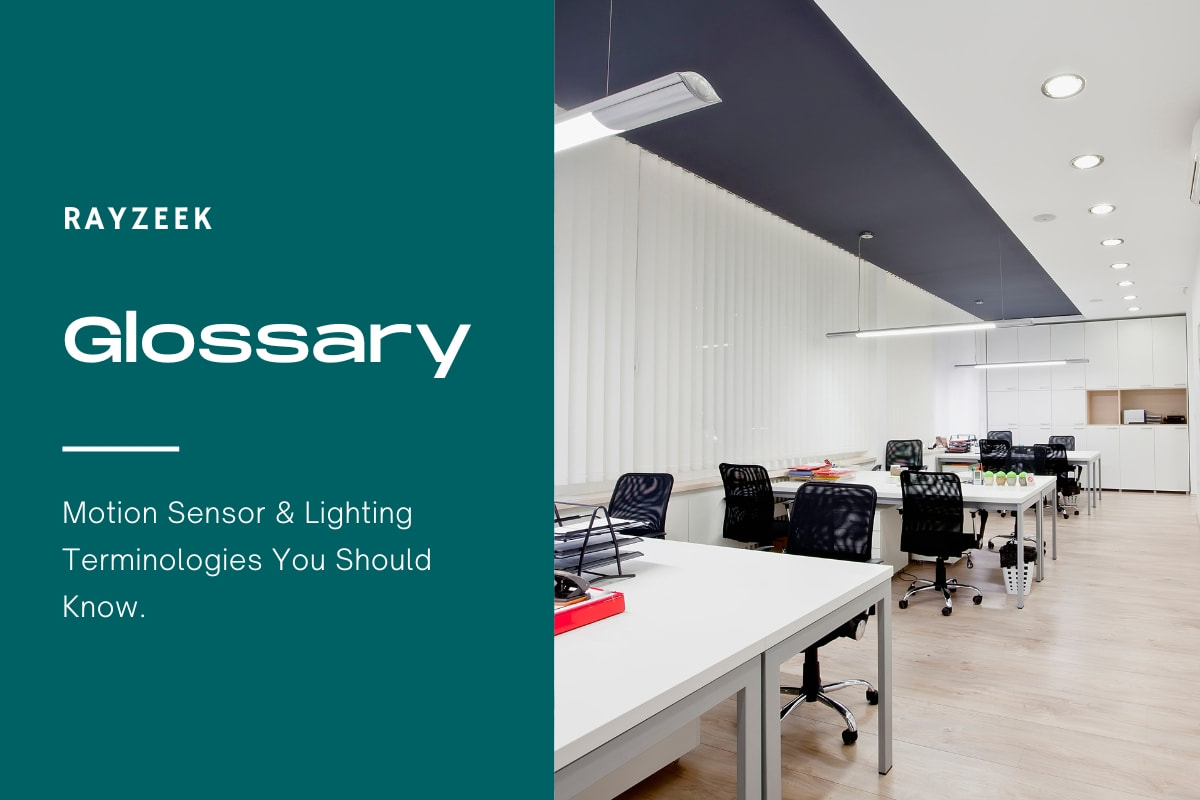What is Rated Life
Rated life, in the context of the lighting industry, is the estimated duration or lifespan of a lighting fixture before its light output significantly diminishes. It is a measure of how long a piece of lighting equipment is expected to last under normal use conditions as defined by the manufacturer. The rated life is an important factor to consider when selecting lighting fixtures as it indicates the reliability and longevity of the product.
Looking For Motion-Activated Energy-Saving Solutions?
Contact us for complete PIR motion sensors, motion-activated energy-saving products, motion sensor switches, and Occupancy/Vacancy commercial solutions.
For LED luminaires, the rated life is typically measured in hours and represents the duration for which the fixture can reliably produce light. This means that the user can expect the LED luminaire to maintain its light output for the specified rated life period. In the case of traditional light bulbs, such as incandescent or fluorescent bulbs, the Average Rated Life (ARL) is used as a measure. ARL is determined by testing a batch of bulbs and measuring the time it takes for half of them to fail. For example, if a bulb has an ARL of 1,000 hours, it means that in a test of 100 bulbs, 50 of them failed when the test reached 1,000 hours. Most LEDs have a significantly longer ARL, typically around 50,000 hours, with some brands, like Litetronics LEDs, having an ARL of 100,000 hours.
The conditions of normal use, as defined by the manufacturer determine the rated life. ARL tests are typically conducted under conditions that are expected to be encountered in customer applications. However, if a bulb is used in an environment that is unusually hot or cold, exposed to wet or hazardous materials, or located near vibrating machinery or any other “abnormal” situation, it may not reach its ARL. The way an LED light is used also affects its rated life. For example, frequently turning a bulb on and off can reduce its ARL. However, LED bulbs are generally less affected by on/off cycles compared to older types of fixtures like fluorescents, compact fluorescent bulbs, and HID bulbs. In general, a bulb that is turned on and off once a day will have a much longer ARL than one that is cycled multiple times throughout the day.
Get Inspired by Rayzeek Motion Sensor Portfolios.
Doesn't find what you want? Don't worry. There are always alternate ways to solve your problems. Maybe one of our portfolios can help.
Frequently Asked Questions
Why LED Is Better Than Bulb
Not only are LED holiday lights more energy-efficient, but they also offer several advantages over traditional bulbs. One major advantage is their safety feature – LEDs emit less heat, reducing the risk of fire or burns. Additionally, LEDs are more durable as they are constructed with epoxy lenses instead of fragile glass, making them less prone to breakage.
How Long Do LED Ceiling Lights Last
While incandescent bulbs have a lifespan of approximately 1,000 hours, LED ceiling lights are known to last for 50,000 hours or even longer. This extended lifespan can potentially translate into several decades of use at the same rate.
Why Do My LED Bulbs Burn Out So Fast
LED bulbs have a lower heat output compared to other bulbs, but this also means that they can be more susceptible to overheating. This sensitivity to overheating can result in a shorter lifespan for the bulbs. To prolong the life of your LED bulbs, it is important to keep them cool. Additionally, make sure that the bulbs you are using are the appropriate size for the fitting.
Do LED Lights Really Last 20 Years
LED light bulbs are often advertised to have a lifespan of 5, 10, 17, or even 20 years. However, it is important to note that these numbers can sometimes be misleading. Therefore, we suggest that our customers either perform their own calculations or consult with us to determine a more accurate estimate of the lifespan of LED lights.
What Is the Longest Lasting Light Bulb You Can Buy
LED bulbs are known for their long lifespan compared to incandescent bulbs. In addition to their longevity, LED bulbs are energy-efficient and generate less heat. It is worth noting that LED bulbs are compatible with dimmer switches, providing flexibility in lighting options.
Why Do LED Bulbs Not Last Long
Unlike traditional incandescent light bulbs, LED bulbs do not generate light through heat. This characteristic contributes to their high energy efficiency. However, one drawback is that LED bulbs can be susceptible to overheating, which may lead to premature burnout.
Do LED Lights Last 10 Years
Most LED bulbs have a lifespan of approximately 50,000 hours, indicating that you might not need to purchase replacement LED bulbs for around 10 years after your initial purchase. In contrast, incandescent and halogen bulbs typically last for only 1000 – 2000 hours, while dimmable LEDs can last for up to 100,000 hours.









